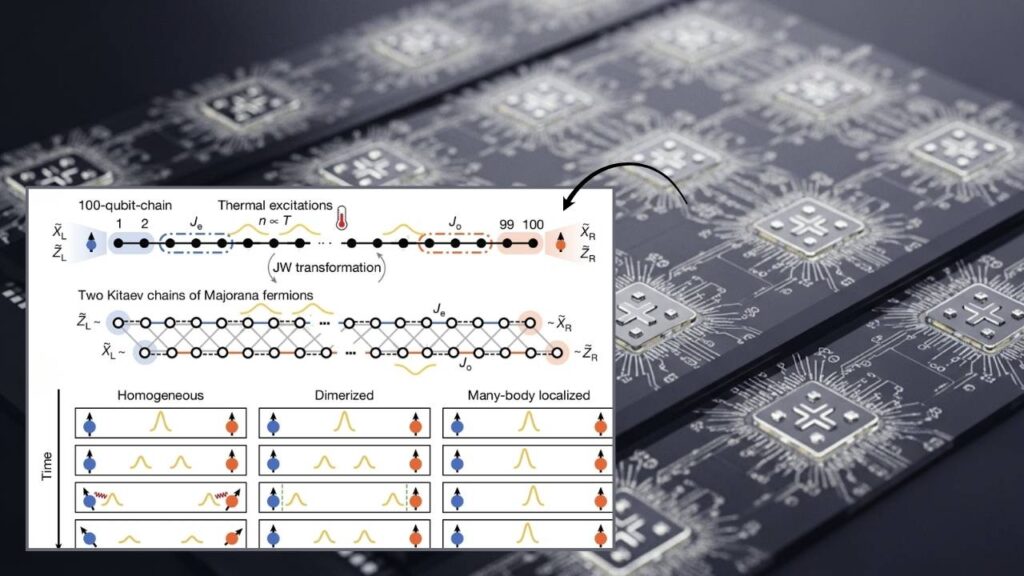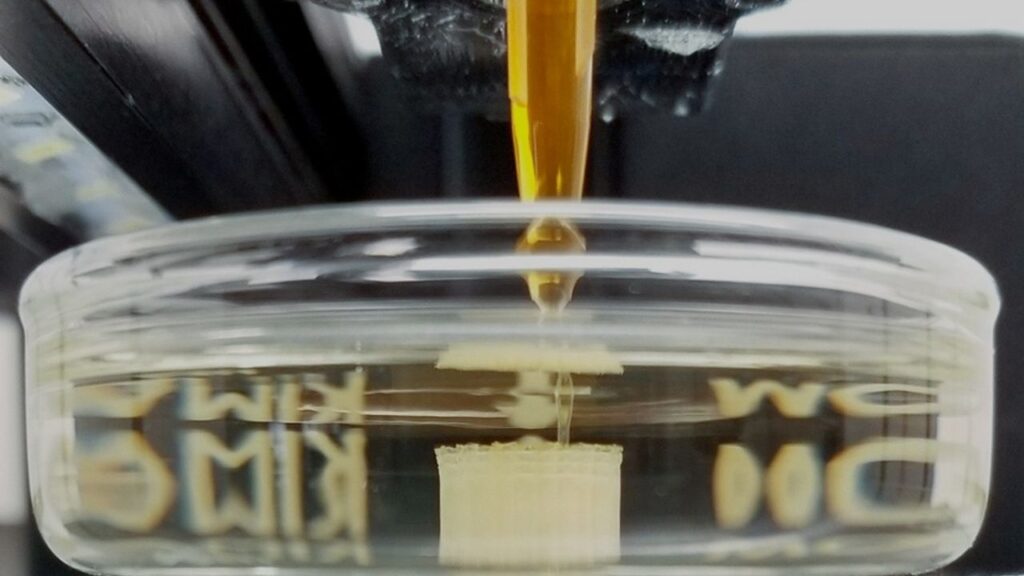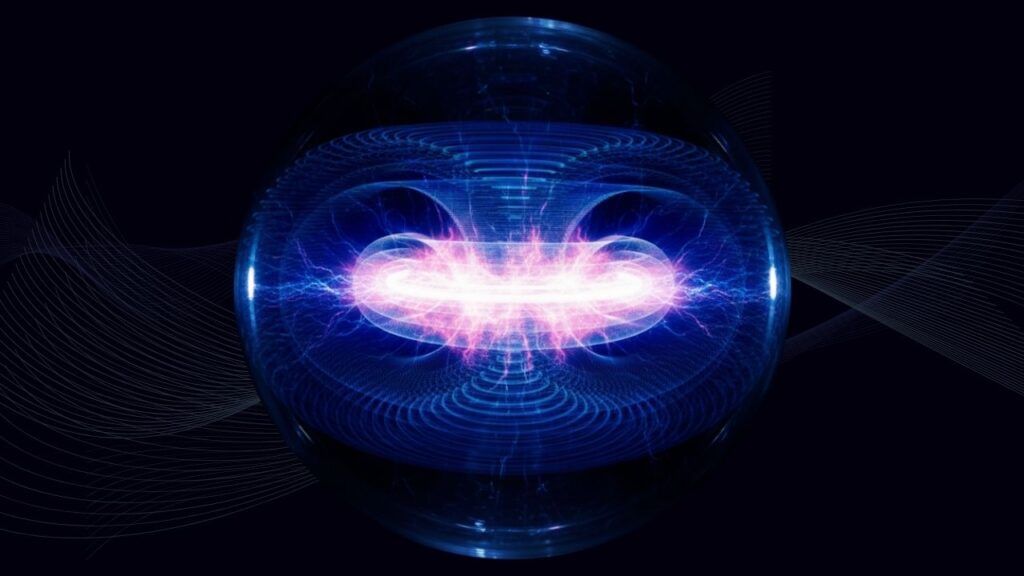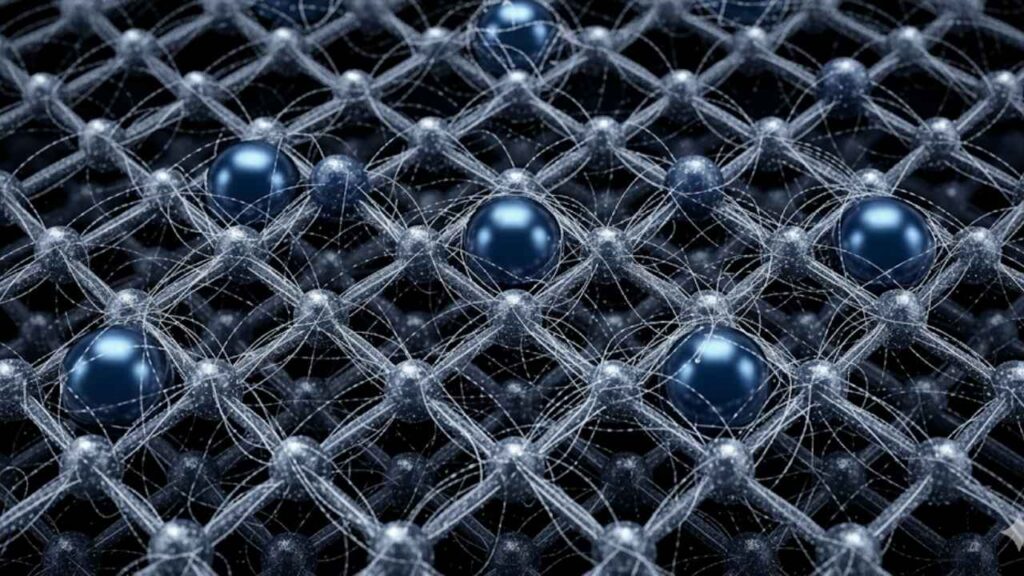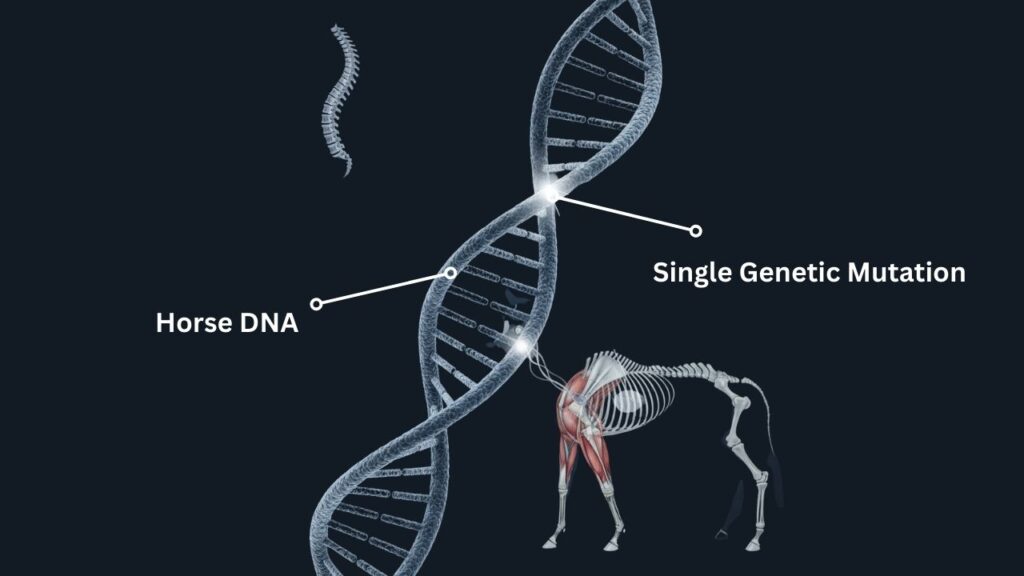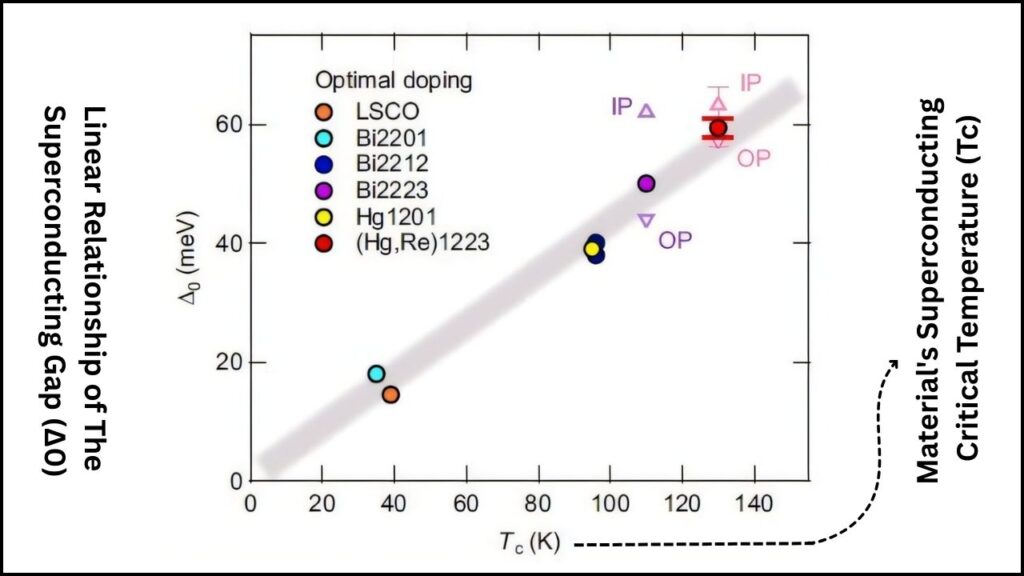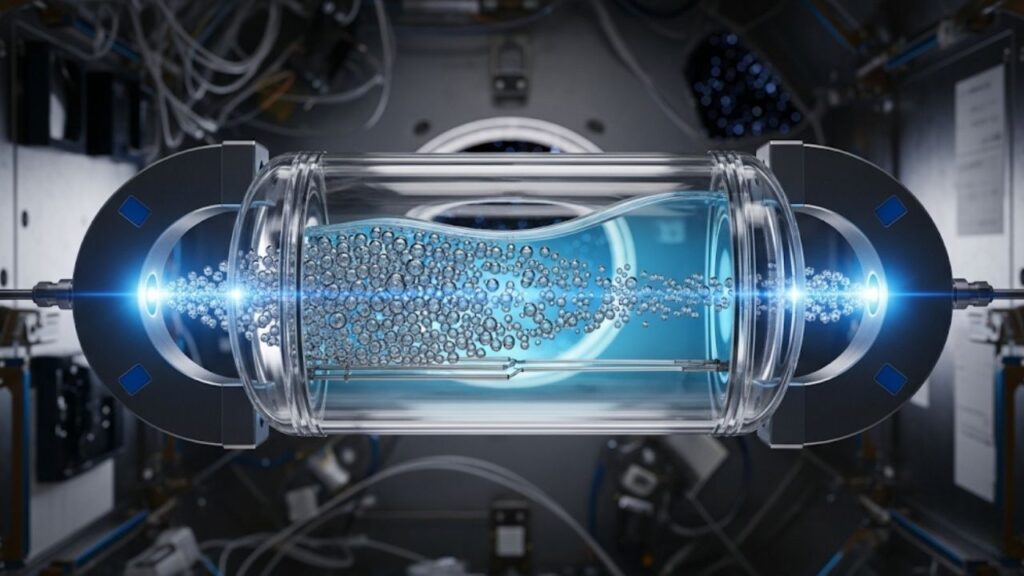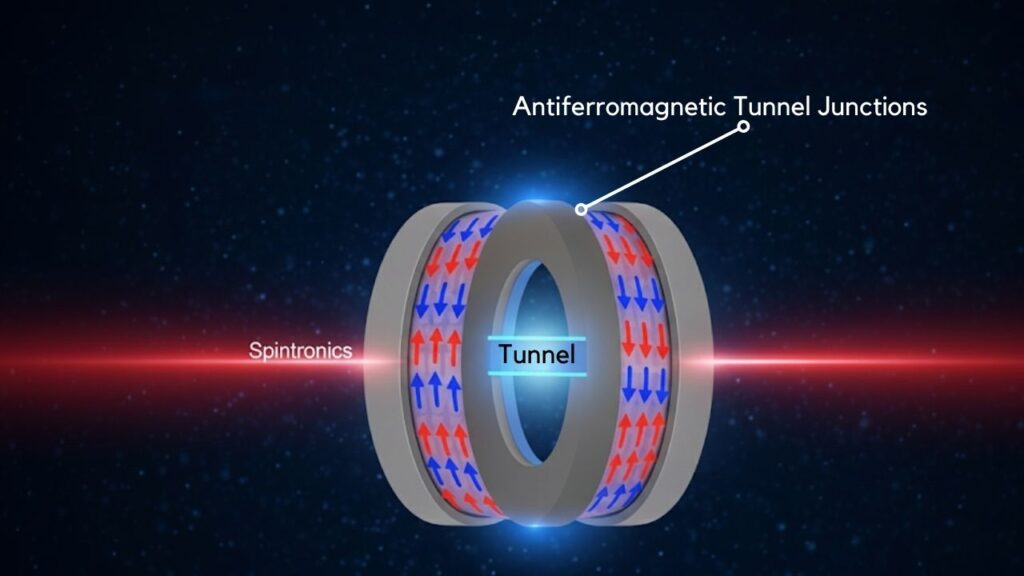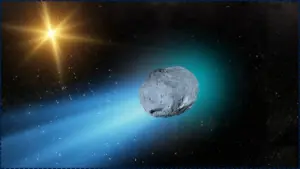Discovering supernovae—the brilliant explosions of dying stars—has just gotten faster and more precise. The new rapid-response protocol developed by astronomers now enables scientists to detect these cosmic fireworks mere hours after they explode, offering a profound leap forward in space science. This breakthrough allows us to understand star explosions in unprecedented detail, solving mysteries about the stars’ life cycles and the universe’s evolution.
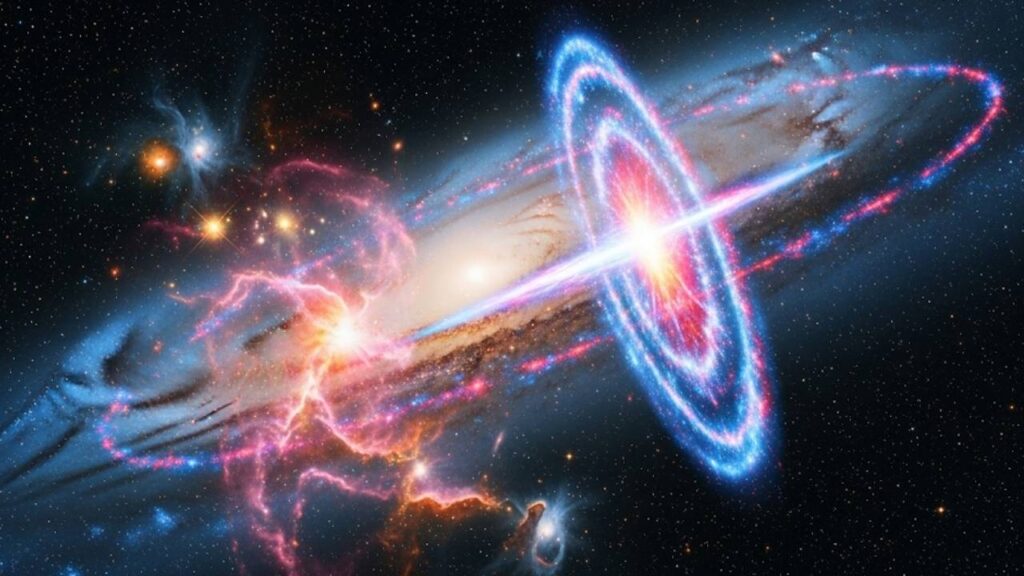
This article explores this exciting breakthrough, providing a clear guide on how this rapid detection works, why it matters so much, and what it means for astronomy and scientific careers. Whether you’re a curious 10-year-old or a professional astronomer, this guide breaks down the topic into simple sections, highlighting critical facts, practical applications, and future possibilities.
Table of Contents
New Rapid-Response Protocol Catches Supernovae Within Hours
| Feature | Details |
|---|---|
| Detection Speed | Supernovae detected within hours or up to 48 hours after explosion |
| Telescope Used | Gran Telescopio de Canarias (GTC), OSIRIS spectrograph |
| Number of Supernovae Observed | 10 supernovae in pilot study: half thermonuclear, half core-collapse |
| Detection Method | Comparing nightly images, triggering rapid spectroscopy if new light source appears |
| Future Surveys Enabled | La Silla Southern Supernova Survey, Legacy Survey of Space and Time (LSST) |
| Speed Enhancement Technology | RT-SNDETR – real-time supernova detection transformer, up to 51x speed increase |
| Potential for 1-Day Spectra | Rapid-response spectroscopy can realistically capture supernova spectra within 24 hours |
| Important Insight | Early data reveal progenitor systems, explosion mechanics, and binary star interactions |
The new rapid-response protocol for detecting supernovae within hours of their explosion is a remarkable breakthrough that advances our understanding of the cosmos. By combining modern wide-field surveys, quick image analysis, and immediate spectroscopic follow-up, astronomers can now capture the earliest moments of these stellar explosions. Technologies like AI-based RT-SNDETR are turbocharging this progress, making detection faster and more accurate. This approach not only enriches our knowledge of the life and death of stars but also opens exciting career avenues in astronomy and data science.
For anyone fascinated by the stars, this leap forward means we are finally catching some of the universe’s most spectacular fireworks live — preserving the insights that were once lost to time.
For more detailed info and scientific updates, visit the Institute of Space Sciences (ICE-CSIC) official website.
What Is a Supernova and Why Detect It Quickly?
A supernova is a massive explosion marking the death of a star. It releases enormous energy, outshining entire galaxies for a brief period. These explosions distribute elements like iron and oxygen into space, forming the building blocks for new stars, planets, and perhaps life. Understanding supernovae helps us unlock secrets about the universe’s past and future.
Traditionally, catching these explosions quickly was tough. Supernovae could go unnoticed for days or weeks because of the vast sky and the brief window of bright initial activity. But early hours after the explosion carry critical clues—like the star’s original structure and how it died—which fade quickly. This new rapid-response protocol changes everything by enabling scientists to detect supernovae within hours, preserving this fleeting information.
How Does the New Rapid-Response Protocol Work?
This protocol uses a smart two-step detection and confirmation process:
- Nightly Sky Imaging: Telescopes scan large parts of the sky every night and compare images from one night to the next. When a new light signal is detected that wasn’t there the previous night—and it appears inside a galaxy—that candidate is flagged.
- Immediate Spectroscopic Follow-up: Once a candidate is flagged, the team uses the OSIRIS instrument on the Gran Telescopio de Canarias (GTC) in the Canary Islands to obtain a spectrum of the light. Spectroscopy breaks down light into colors, revealing the chemical elements present, like hydrogen, which tells if the supernova is of a particular type (core-collapse or thermonuclear).
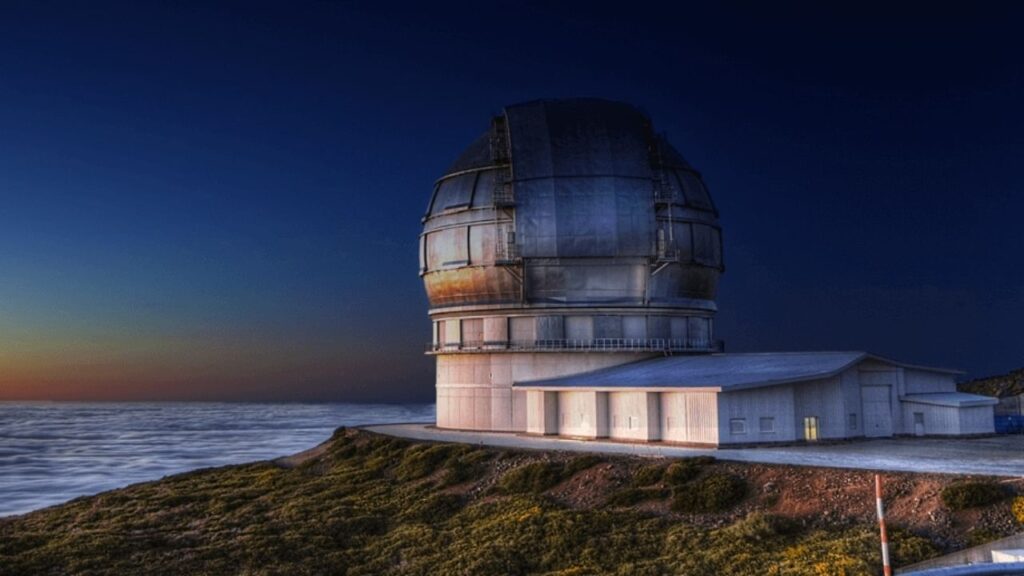
This rapid communication between wide-field surveys and quick telescope response allows capturing supernovae within 24 to 48 hours of the explosive event.
Example in Practice
Astronomers tested this approach on 10 supernovae; half were thermonuclear explosions (typically white dwarf stars detonating) and half were core-collapse (massive stars dying). Some supernovae were captured in spectra within just two days, revealing detailed insights right from the beginning stages.
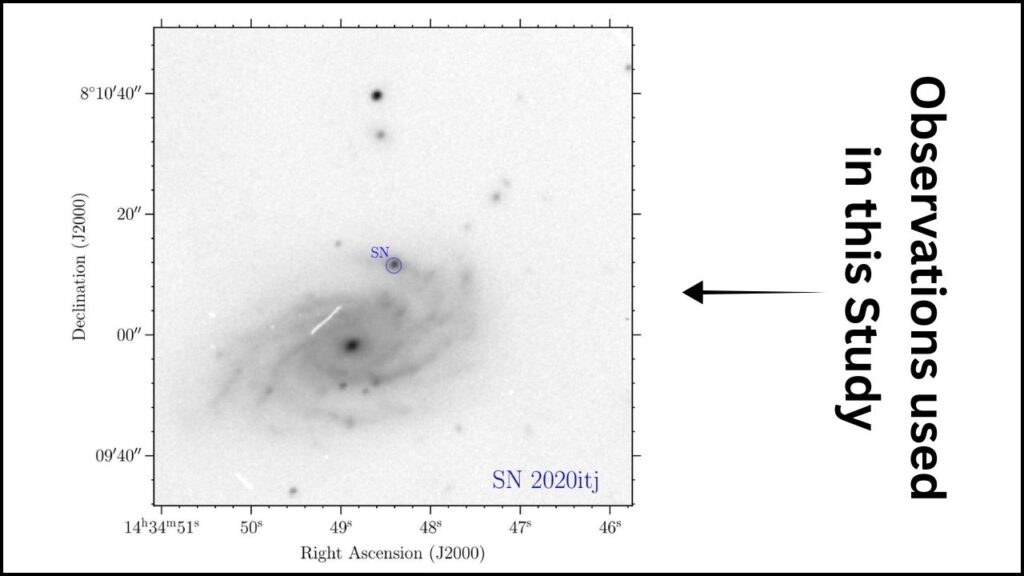
Why Is Early Detection So Important?
Detecting supernovae early has multiple benefits:
- Understanding Star Death: The initial spectra show the material around the star before it exploded, helping scientists understand the star’s last moments and the explosion mechanism.
- Binary Star Systems: Sometimes, early light curves (brightness changes over time) reveal if the star was part of a binary system, where a companion star influences the explosion.
- Different Supernova Types: Early spectra allow classification, which helps predict brightness and evolution, crucial for understanding cosmic distances and the universe’s expansion rate.
- Improved Models: Data gathered early allows creation of more accurate computer models of star explosions.
The Role of Technology: AI and RT-SNDETR
Another major boost in rapid supernova detection comes from artificial intelligence. The RT-SNDETR, a new AI model introduced recently, speeds up the detection process dramatically.
- It replaces slower traditional techniques by combining image comparison, source detection, and classification into one smart model.
- RT-SNDETR works over 51 times faster than former methods while maintaining high accuracy.
- Its precision in real observations reaches around 85.9%, making it highly reliable.
- It uses advanced techniques like CycleGAN for realistic synthetic data to improve learning, and unsupervised domain adaptation methods to handle new data better.
This AI-powered approach, combined with the rapid-response protocol, acts as the cutting edge for detecting and studying supernovae.
Practical Guide: How Astronomers Use This Protocol Step-by-Step
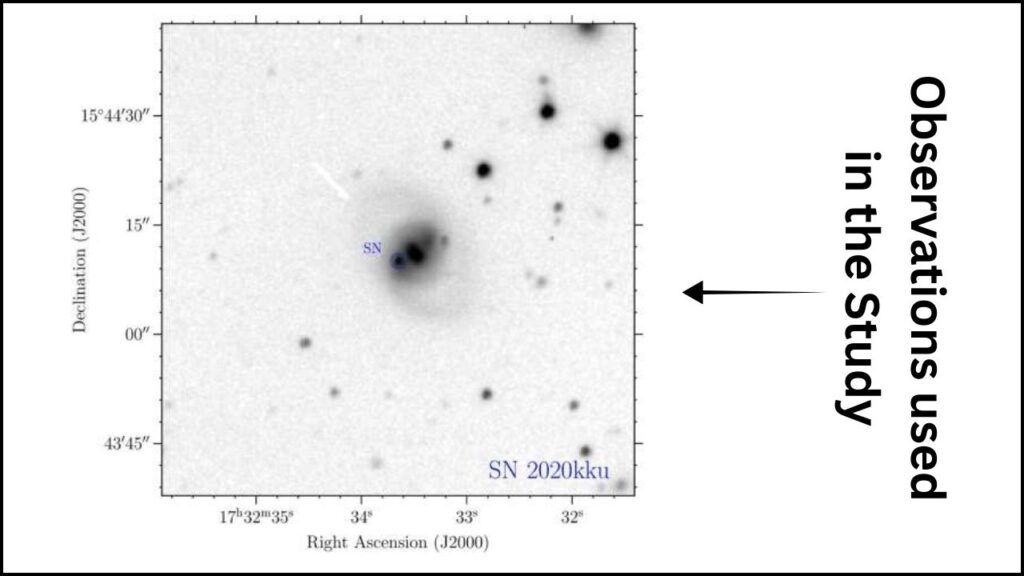
Step 1: Nightly Sky Surveys
Large sky-monitoring programs equipped with wide-field telescopes capture images continuously. Examples include:
- Zwicky Transient Facility (ZTF)
- Asteroid Terrestrial-impact Last Alert System (ATLAS)
- Upcoming: Vera C. Rubin Observatory’s Legacy Survey of Space and Time (LSST)
Step 2: Image Comparison
Software automatically compares images from consecutive nights to find new light spots not previously detected.
Step 3: Filtering Candidates
New lights are filtered to confirm they lie within galaxies (where stars explode) and not from other sources like asteroids or satellites.
Step 4: Triggering Spectroscopy
Qualified candidates are immediately assigned to telescopes like GTC, where instruments like OSIRIS take spectra data. This happens ideally within 24-48 hours of explosion detection.
Step 5: Analysis
Astronomers classify the supernovae, study their physical properties, and coordinate with other observatories for photometric data (light brightness over time).
Step 6: Further Monitoring
Continuous follow-up helps track the evolution, confirming the initial findings and revealing later changes such as shock waves or interactions with companion stars.
Career Opportunities in This Exciting Field
This breakthrough opens doors for careers in:
- Astronomical Observation and Data Analysis: Operators of large telescopes and data scientists managing sky surveys.
- Machine Learning & AI in Astronomy: Developers building neural networks like RT-SNDETR.
- Astronomical Instrumentation: Engineers designing spectrographs and imaging devices.
- Cosmology Research: Scientists studying supernovae to understand universe expansion, dark energy, and cosmic evolution.
Did Life Come From Outer Space? Scientists Say the Clues Are Adding Up
New Copper Alloy Works in −200 °C Temps — Designed for Space, and It Remembers Its Shape
Boeing Secures $2.8B ESS Satellite Contract for US Space Force
FAQs About New Rapid-Response Protocol Catches Supernovae Within Hours
What is a supernova?
A supernova is a powerful explosion marking the death of a star, often outshining galaxies briefly.
Why is it hard to detect supernovae early?
They happen suddenly and in vast, dark skies. Until recently, telescopes lacked the speed and strategy to spot them within the first hours.
How does the rapid-response protocol improve detection?
It uses nightly imaging to spot new light sources quickly, followed by immediate spectral observation to classify and study the supernova almost in real time.
What telescopes are involved?
The Gran Telescopio de Canarias (GTC) with its OSIRIS spectrograph handles the rapid follow-up, while surveys like ZTF and ATLAS find candidates.
What does spectroscopy tell us?
It reveals elements in the exploding star, helping distinguish supernova types and understand the physics of the explosion.
How long does this process take now?
Supernovae can be detected and observed spectrally within 24 to 48 hours of explosion, often faster in ongoing studies.
